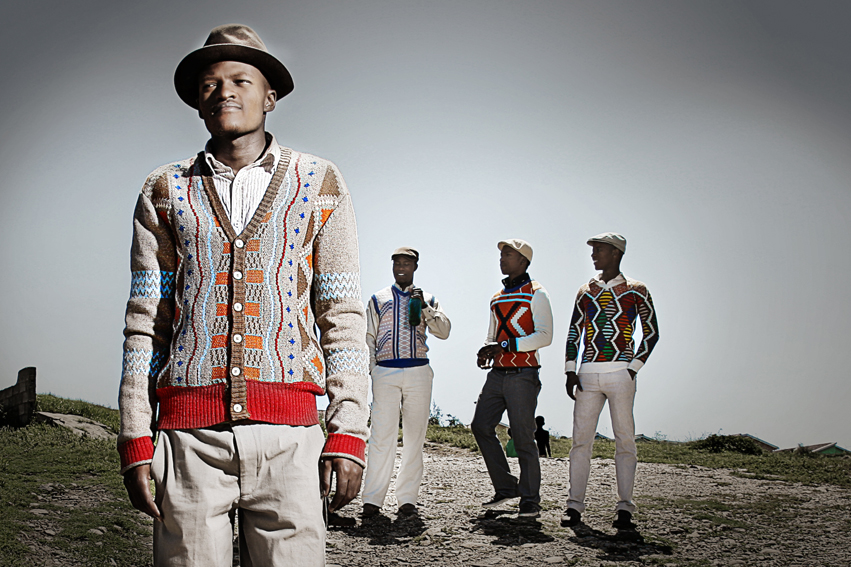Chapter 1.
Xhosa.
Bling.
Milestones.
izibulo:
Inkulu:
Inkwewnkwe:
Umkhwetha:
Ikrwala;
Umfana:
Unomgcana:
Chapter 2.
Jacob the jeweller.
Graff
Chain mail
Chapter 3.
Theory work
My jewellery
Using the anthropology of a Xhosa man to produce contemporary jewellery.
 |
| jewellery done for the my contemporary jewellery. |
according to Sedycias R "The word jewelry is derived from Latin word jocale, means plaything. But it is the most ancient form of body ornamentation. In ancient times, jewelry was used to be made from bone, animal teeth, shells, wood, carved stones, etc. A specific piece was made for each part of the body. Apart from functional use, jewelry was a symbol of wealth, status and membership. It had been used to move wedding dowries, to keep large amount of wealth or to just for artistic display". As for Besten L
Sedycias R. indications of status: Available: https://www.streetdirectory.com/travel_guide/author/details/Roberto+Sedycias/ (accessed 30 march 2019)
Besten, L 2007. Liesbeth den Besten: answers to the interview Market, lies and websites Available: https://klimt02.net/forum/interviews/market-lies-and-websites-klimt02-versus-klimt02-part-1/(Accessed 29 April 2019)
|
 |
| figure 1. this is a mpondo graduate wearing a khaki blazer, khaki shirt with a striped hat on his head and smearing red ocher on his face. |
 |
| figure 2. Xhosa graduate, throwing a long scarf over his shoulders, wearing a suit in a color of his choice. without smearing red ocher in his face. |
 |
| figure 3. new style. modern look. ikrwala wearing a designer jersey a hat and smearing himself with white ocher. |
 |
| You can see abakhwetha by wearing white,red striped blankets and buy smearing white ocher all over their bodies. they are always carrying sticks and bottles to keep their liquefied white ocher. |
 |
| The grass hut behind the abakhwetha is called ibhoma, this where they will spend their duration of the circumcision process. |
 |
| u mama (mother) namakhwenkwe(boys) sitting in front of a hut, the mother is the one who takes care of the kids, teaches them, tell them stories while the father is out to provide for the family. |
 |
| Siblings, the older child is Inkulu, the first born of the family. |